
“I became interested in art as an adolescent,” says Mario Robinson. “My fifth grade teacher gave me the task of drawing several portraits of United States presidents for an open house. I had no prior knowledge of my drawing abilities, although I had always been enamored with the artistic talent of fellow classmates. It was that chance suggestion by my teacher that lead me to begin a Talented & Gifted Program at the high school the following year. From that point on, all my other interests fell by the wayside. I knew that creating art was what I wanted to do for the rest of my life.
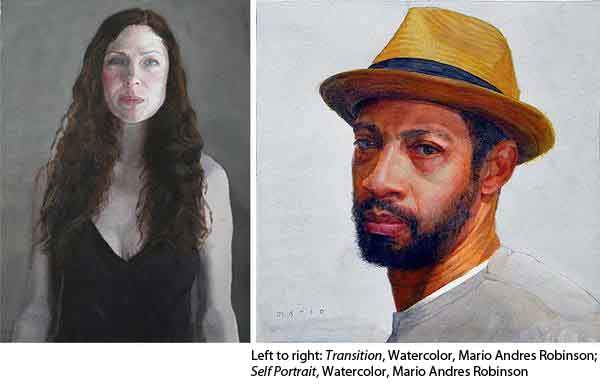
“I attended Pratt Institute in Brooklyn. I was particularly interested in studying Art History. It was intriguing to view the works of great masters who lived in various parts of the world. As I learned more about the artists’ lives and the conditions in which they worked, my appreciation for their work grew exponentially. I also developed the discipline to fully commit to a project and wisely manage my time.
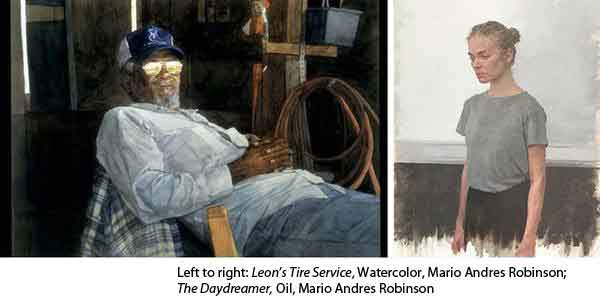
“I decided to become a full-time artist upon leaving art school. The concept of deferring a career in art and working in another field generally means that the practice of art becomes a hobby. My decision to make the sacrifice to fully commit to art as a profession seemed totally logical, at the time. I had the support of a few close friends who allowed me to sleep on their couches for a brief period of time, as my career became more stable.
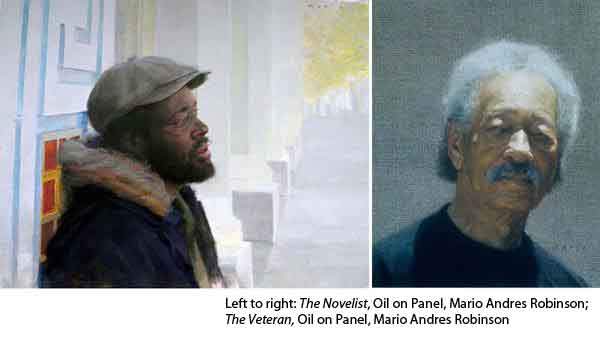
“Today, I paint seven days per week. My work day begins at 8 AM and ends at 4:30 PM. There are days that side projects require my attention and I usually work on them at night. It is crucial that I maintain a strict working schedule, as it places a priority on my creative process. In the age of social media, it’s easy to give in to distraction. I am less likely to get sidetracked once I begin to focus on the nuts and bolts of my work.
“I market my work through my newsletter, my personal website, Facebook, Instagram, Twitter and three galleries throughout the country. I have appeared regularly in art magazines, where I discuss my various techniques. It’s a delicate balance, as marketing is necessary to sustain a career in art, however the creative process requires a lot of time.

“My advice to newer artists is to be sure that a career in art is what you really want. There are rewarding moments and recognition for the established artist, which can be tantalizing to an up and coming artist. The career of an artist is demanding and the competition among peers is fierce. Artistic merit is only one component to thriving in the art world. It is a retail business and most decisions are based upon the artist’s ability to generate commerce. If you are fully committed to your art, these factors will not deter you. Your passion will fuel you through the highs and lows of your career.”
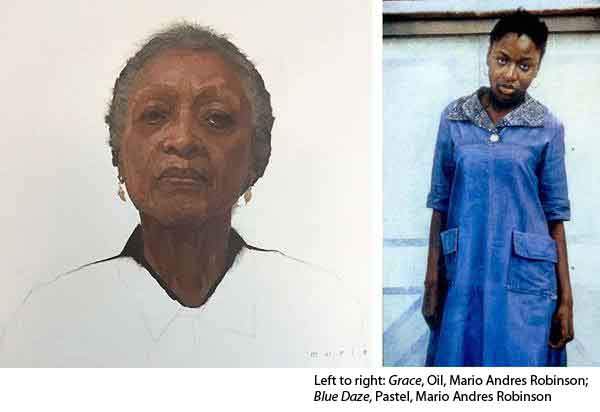
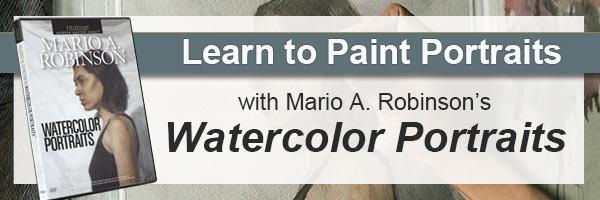
Mario Andres Robinson has studied the great masters but it’s the work of the American artists of the 19th and 20th century that have truly provided the foundations for his style. His work has a sense of realism but is universal and as his website states, “exhibits a distinct turn-of-the-century stylistic aesthetic.” In the early 90s, Robinson turned his artistic eye to rural Alabama where he began a series of personal portraits. By developing a relationship with the sitter, he was able to reflect the uniqueness of the his or her personal story in the painting.








I feel I must comment about the article, Making A Living as an artist. Realistically, only 25% of artists at the most can do this. For watercolor artists, it is even less. I know, I tried for 25 years in the Northwest. There wasn’t a gallery in western WA or most of western OR that I did not apply to. Many accepted my work, but no major galleries, because I painted watercolors. I did outdoor shows for 10 years. My limited income came from teaching art at community colleges in continuing education. My education qualifies me at the Masters level, but not in WA State. When I researched getting my MA, I found there were no openings at local colleges, because art courses were were not being added. I have a husband who has encouraged me to pursue my dreams for 50 years. Also, this young man paints all day, every day. Who does his normal cooking, cleaning, laundry. Women do that for most men artists. Making a living as an artist is difficult at best. I really resent the term “hobby” artist. I am not that. Sorry to be so negative, but this is the real world. I once read a book about the world of the French Impressionists. Let’s just say they all barely made a living, if at all. Making a living as a watercolor artist is almost not possible. It takes more than dedication. I wish I knew how to make the system better, but I have not found the answer.
Please read the article again. He paints 7 days a week but his work hours are basically a normal work day, 8 until 4:30. He has time for household chores after the end of his work day. He said that he pursued art as a career immediately after art school because if he didn’t it would be a hobby. That was applicable to him in his life. I don’t think any artist should take his statement as a personal affront.
Very realistic comment.